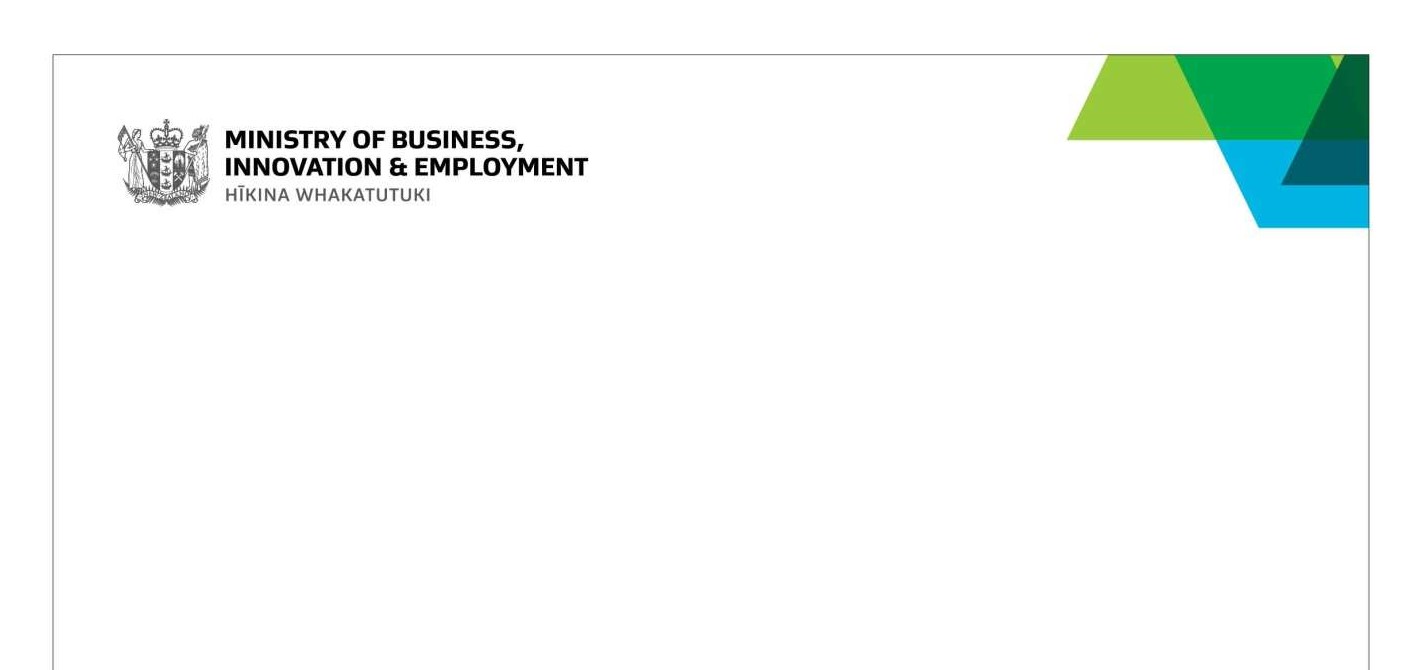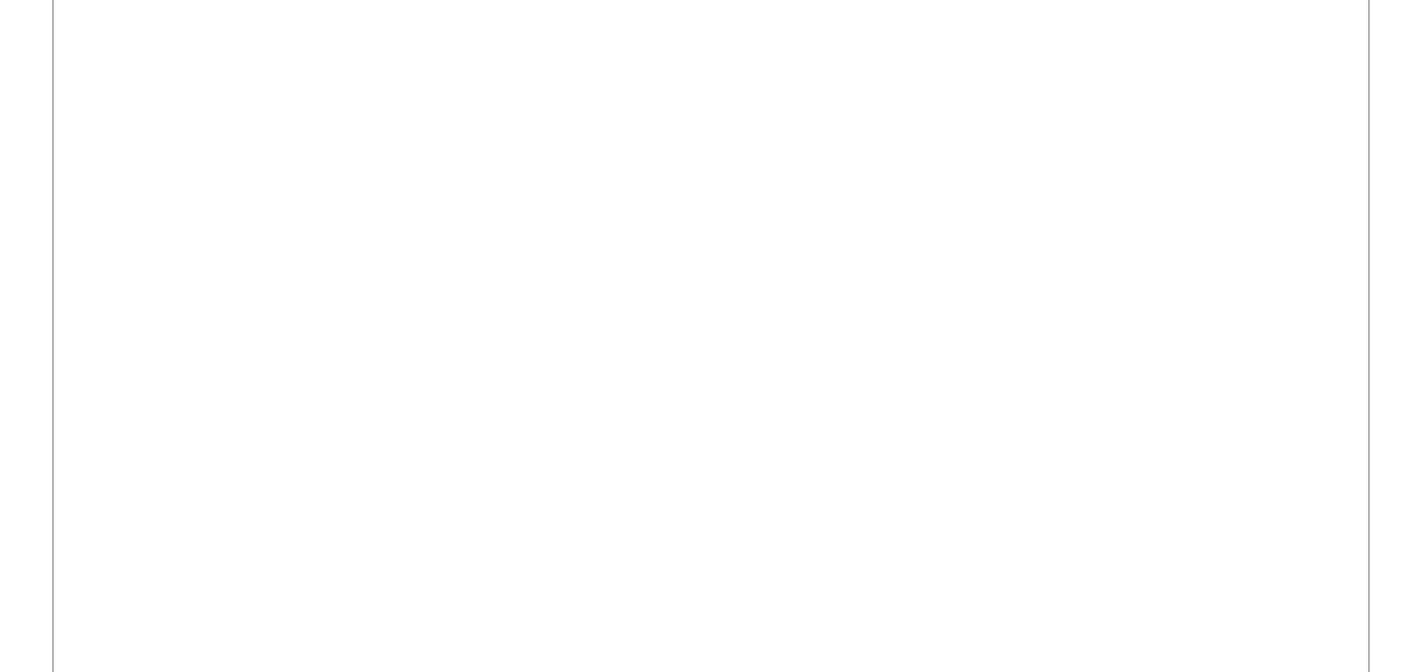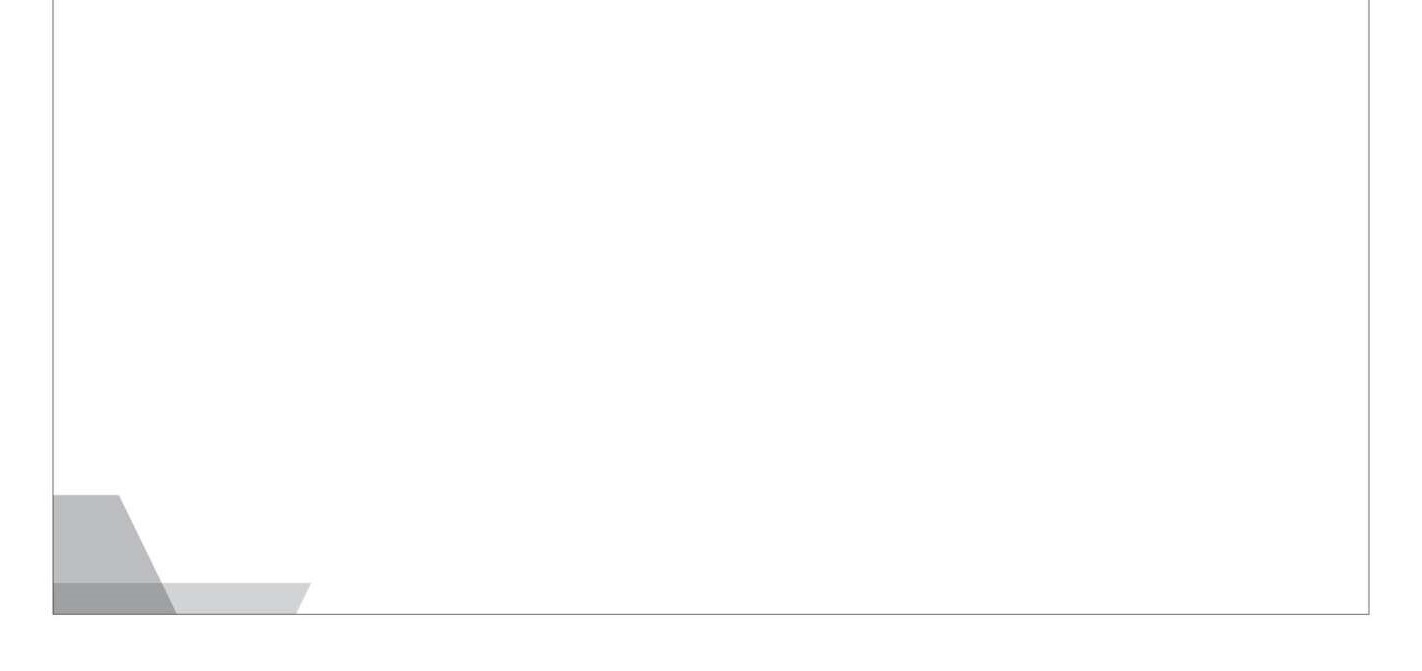


Ref. No. DOIA 2021-2049
13 May 2021
Ed Grove
[FYI request #15173 email]
Dear Ed Grove
Thank you for your email of 14 April 2021 to the Ministry of Business, Innovation and Employment
(MBIE) requesting, under the Official Information Act 1982 (the Act), the fol owing information:
…copies of al research documentation, analysis, internal reports and internal and external
communications dating from 2013 onwards regarding the presence and potential ramifications
of elevated (80% - 100%) relative humidity levels (with or without any associated condensation)
within the wal structures of new (post 2005) timber framed cavity-constructed residences
including in particular:
(a) Any analysis as to the impact of such elevated relative humidity levels (with or without any
associated condensation) on timber framing moisture levels and decay and mould risks;
(b) Any research/analysis or correspondence as to the impact of the elevated (80 - 100%) relative
humidity levels upon the rate of loss by diffusion of boron from timber framing, the impact of
the elevated relative humidity levels upon the ultimate residual (equilibrium) levels of boron in
the timber framing, and consequent impact on the efficacy of the boron treatment for control of
decay fungi and mould. More general y, any research/analysis or correspondence as to whether
or not boron treatment wil be sufficient to prevent mould and/or decay fungi growth on timber
framing in elevated (80% - 100%) relative humidity levels;
(c) Any field observations of (or correspondence/notes regarding) mould and decay-fungi growth
in the internal wal structures of new (post 2005) timber framed and cavity constructed buildings
where no material external liquid moisture entry (i.e. leaks) has been detected;
(d) Any research/analysis, notes or correspondence regarding whether or not current (post 2005)
timber framed cavity construction is achieving, or is likely to achieve, or can/should be modified
to achieve, compliance with the Building Code in light of the potential impacts of elevated
interstitial relative humidity levels and/or any associated condensation.
On 22 April 2021, MBIE informed you that, unless you were able to narrow the scope of your request,
MBIE would likely refuse your request under section 18(f) of the Act, as the information requested could
not be made available without substantial col ation or research. MBIE also provided you contextual
information and two reports that, though not technical y in scope of your request, we thought you
might be interested in.
On 29 April 2021, you responded to MBIE, explaining your concerns about mould and decay fungi
growth in timber-framed and cavity-constructed homes. Your email has been forwarded to the relevant
teams at MBIE to bring your concerns to their attention.

With regard to your request under the Act, I am extending the deadline for a response by 20 working
days under section 15A(1)(b) of the Act, as the consultations necessary to make a decision on your
request are such that a proper response cannot reasonably be made within the original time limit.
We wil now respond on or before 11 June 2021, which is an extension of 20 working days.
You have the right to seek an investigation and review by the Ombudsman of this decision. Information
about how to make a complaint is available at www.ombudsman.parliament.nz or freephone 0800 802
602.
Yours sincerely
Madeline Sherwood King
Team Leader, Ministerial Services
Building, Resources and Markets
2



